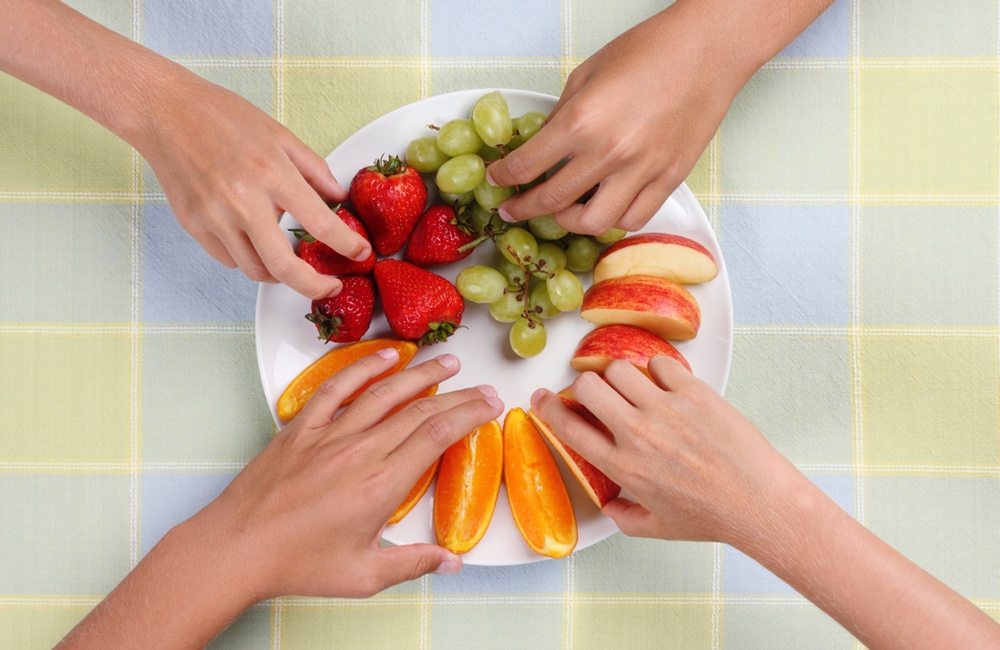You will most likely find it hard to believe, but kids eat better when they are in daycare than they do in their own homes. It’s not that they eat more in daycare, but they eat healthier foods. What's going on here?
Not only do preschoolers consume more empty calories at home, but they eat fewer fruits and vegetables and drink less milk, according to a recent study.
Preschoolers in daycare centers are supposed to receive an age-appropriate serving of nonfat or low fat milk, fruit and/or vegetable, and grain or bread for breakfast, according to the USDA's Child and Adult Care Food Program (CACFP) guidelines. Lunch must include the same, along with an additional serving of fruit or vegetables, and a serving of meat or meat alternate. Snacks must include two servings from milk, fruit or vegetable, bread or grain, and meat or a meat alternate.Between the time they were picked up from daycare and the time they went to bed, each child consumed an average of 685 calories, 140 calories more than the recommended 433 to 650 calories for this time frame.
That isn’t happening, according to Kristen Copeland, MD, senior author of the study. “We found that after children left child-care centers, they weren't eating enough fruits or vegetables, or drinking enough milk to meet dietary guidelines, and on average consumed more calories than recommended.”
Copeland and her fellow researchers at Cincinnati Children’s Hospital Medical Center studied approximately 340 preschoolers who were in enrolled in 30 randomly chosen, licensed, full-time day care centers. Between the time they were picked up from daycare and the time they went to bed, each child consumed an average of 685 calories, 140 calories more than the recommended 433 to 650 calories for this time frame. Half of the preschoolers consumed over 900 calories after they were picked up from day care.
Perhaps the most disturbing finding from this study is that the majority of the calories consumed at home came from sugar-sweetened beverages, whole or 2 percent milk, and sweet and salty snacks like crackers, cookies, doughnuts, pretzels, and candy.
Family income played no role in how healthy kids' meals were at home, contrary to the researchers' expectations. Children from upper-income families did not consume more fruits and vegetables than those from low-income families. In fact, all children were lacking in fruits and vegetables. Lower-income children were no more likely to be overweight than those from upper-income families, but lower-income children did drink more sugary beverages.
Pinpointing the source of excess calories is helpful when it comes to figuring who's to blame for kids' expanding waistlines. Sadly, this study suggests that for many young children, the answer lies with their families. Maybe we all need to be required to follow the USDA guidelines. Parents, you can do better!
The study was published in the Journal of the Academy of Nutrition and Dietetics.





